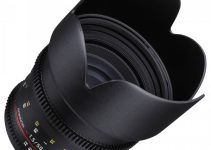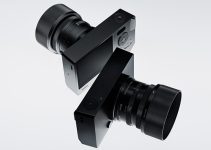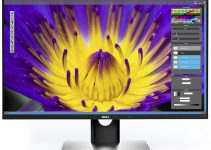There have been a lot of camera releases this year. And, in good news for us regular folk, many of these were in that mid-range sweet spot of price to performance.
This means they are cameras that many people will end up buying. The problem is deciding which one to get.
This time around we are going to take a look at three cameras: the Canon EOS R8, Sony ZV-E1, and Panasonic Lumix S5 II. These are all very different cameras.
Our guide to these new releases is Fulaan Creative who runs through all the differences to help you make a decision.
We have a series of topics to cover:
- Sensor
- Low-Light
- Autofocus
- Support
- Stabilization
- Stills
- Dynamic Range
- Lens Selection
Lots of parameters to weigh in any decision, but the first thing we should talk about is price.
Canon comes in at the cheapest with the EOS R8 running $1,500. Panasonic’s S5 II comes in at $2,000 and then a touch above that at $2,200 is the Sony ZV-E1. The pricing does make sense, but you’ll have to find which makes sense for you.
Sensor
The sensor tech is the biggest differentiator between the three cameras. The Canon EOS R8 has a 24MP full-frame CMOS sensor that matches the one used in the R6 Mark II.
The S5 II has a similar design with a 24MP full-frame BSI CMOS. Sony really stands out here with a 12MP full-frame sensor that matches the a7S III, FX3, and FX6.
Canon’s sensor is the most “basic” for lack of a better word since it is a more conventional CMOS design. It’s still great, don’t worry.
Panasonic’s sensor takes things up a notch even at the same resolution as Canon thanks to a BSI design for improved dynamic range and low-light performance.
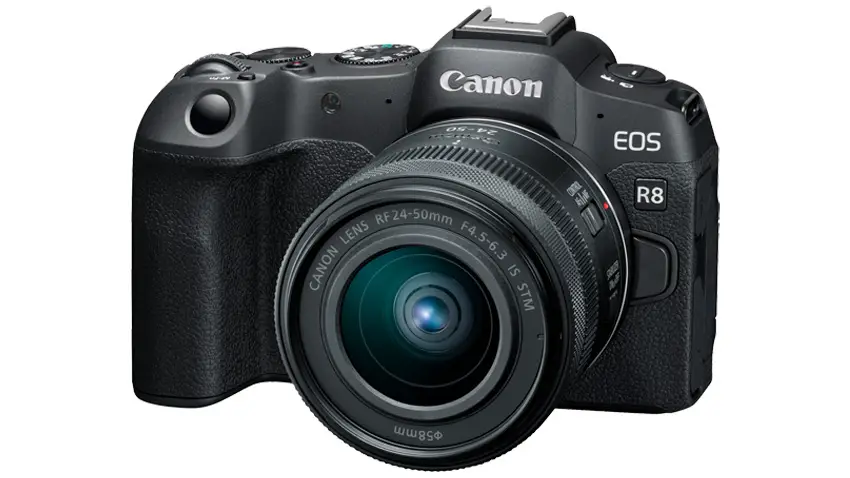
Image Credit: Canon
Sony’s 12MP full-frame sensor is also BSI, but that resolution is what makes it special. The lower resolution means a near 1:1 pixel readout for 4K recording and better low-light performance in certain conditions.
The sensor and processor are what delivers the total image quality and these cameras have a range of capabilities.
Canon provides 4K footage from the full sensor area, downsampling from the 6K readout. It’ll also give you 4K 60p without a crop.
Panasonic actually takes a knock in this department as it’ll only hit 4K 60p when in the Super 35mm crop mode. It can, however, record in 6K at up to 30p.
Sony is actually delivering the best frame rates with the ZV-E1 (pending a future firmware update) as it’ll record in 4K up to 120p using the full-frame area.
Low-Light Performance
We alluded to this earlier, but for low-light performance the 12MP sensor of the ZV-E1 can’t be beat. The dual base ISO of 640 and 12,800 give you excellent performance in all conditions.
Compare that to the dual gain ISO of 640 and 4,000 on the S5 II. The R8 has the most limited range with a dual ISO of 800 and 3200.
All are good, but the ZV-E1 beats out the competition.
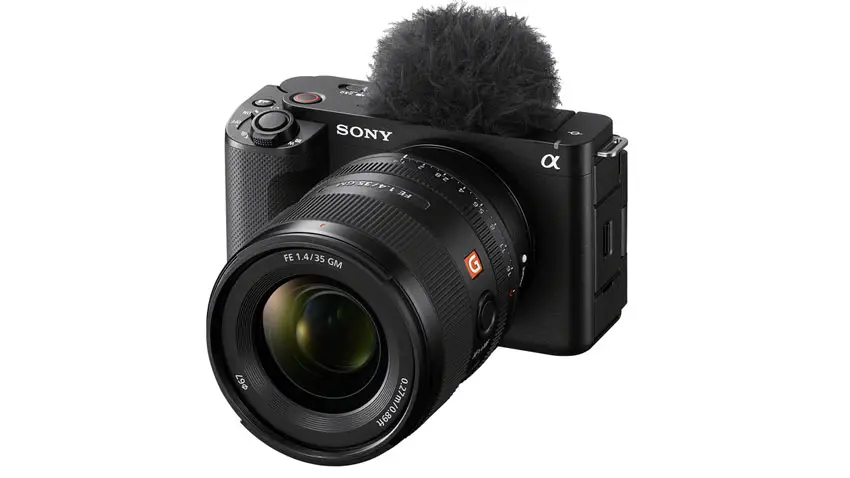
Image Credit: Sony
Autofocus
Sony actually dropped in some features to the ZV-E1 that didn’t make it into the flagship a1.
Using an AI chip they have seriously upgraded their autofocus capabilities and the camera will lock onto subjects with ease. There’s also a product showcase mode for showing off items on camera.
Canon also has a good AF system, including a product mode. They also have a face only mode which is incredibly helpful as it prevents the camera from shifting focus to the background when the face leaves the frame.
Panasonic has seriously upgraded the AF on the S5 II by bringing phase-detect to the series. Unfortunately it is missing some of those newer features.
Support
You’ll likely have a camera for a few years and you want to make sure you are getting the most out of it. Most of the time this means firmware updates that add features as they are developed and released on other cameras.
Canon does not have a history of providing many groundbreaking updates with their consumer cameras, so I wouldn’t expect much from the R8. Sony is a bit odd as well, providing some series (FX, for example) some solid updates and not providing the same love to the more affordable cameras.
Panasonic do support their cameras and provide new features in regular firmware updates.
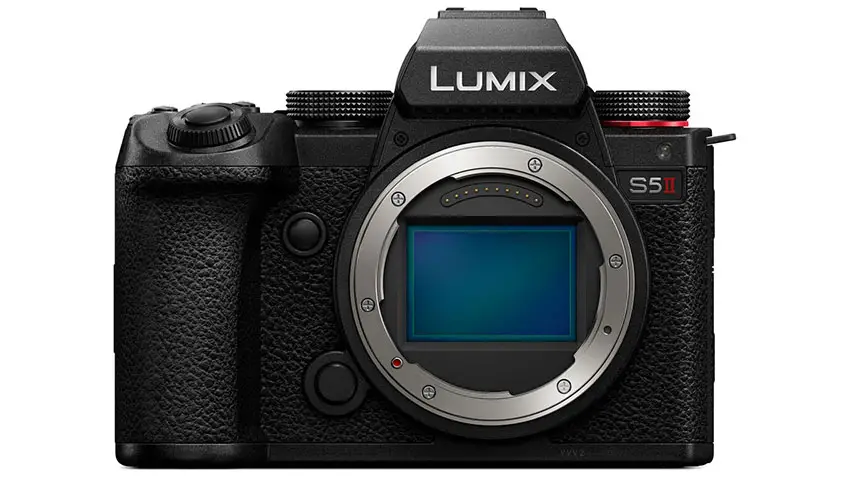
Image Credit: Panasonic
Stabilization
The stabilization systems here are quite varied. Canon doesn’t have any optical stabilization unless you attach a lens with IS. There are some digital options, but those are only so good.
Sony has in-body stabilization though it could be more effective. Set it up with the enhanced digital IS though and you can get some impressively smooth footage.
The S5 II has the best in-body stabilization of this group by far.
Stills
These are still “hybrid cameras, so let’s talk about photos and stills operation. The R8 and S5 II both have a more conventional design complete with an EVF. This is great for handheld operation and clear viewing in all conditions. There’s also a fully articulating LCD screen to go along with it.
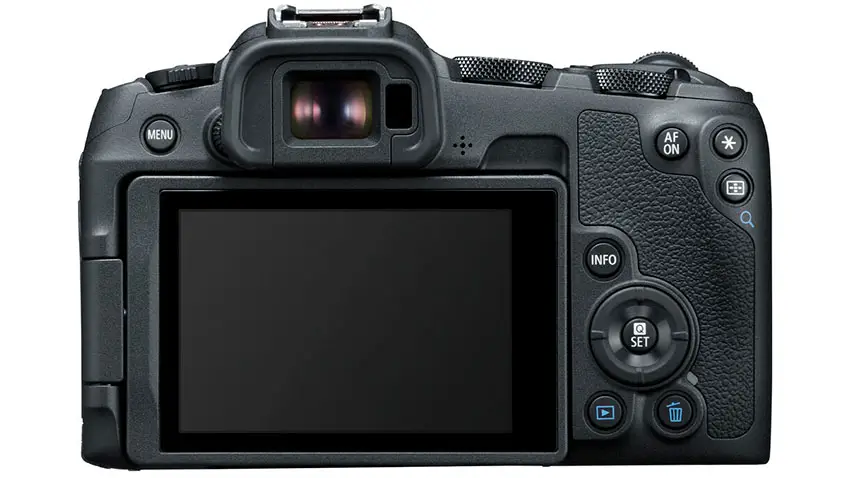
Image Credit: Canon
Sony dropped the EVF on the ZV-E1. Also, the 12MP resolution is fine for photos, but is a bit lacking compared to the common 24MP options.
Completing the stills package is the S5 II since it has in-body stabilization to help you nail your shots.
Dynamic Range
This one is simpler. Sony is rated at 15 stops, Canon is around 12 usable stops, and Panasonic comes in at 14 stops.
These seem fairly accurate, though you could probably argue that the difference between the Sony and Panasonic isn’t as much as the numbers say.
Lens Selection
The final piece to the puzzle is the full ecosystem. Without lenses and accessories even the best camera can be worthless.
Sony had a huge head start when it comes to building a system. The E mount has been around for a while and it shows. There are tons of first- and third-party lenses to check out and you can find something for any budget.
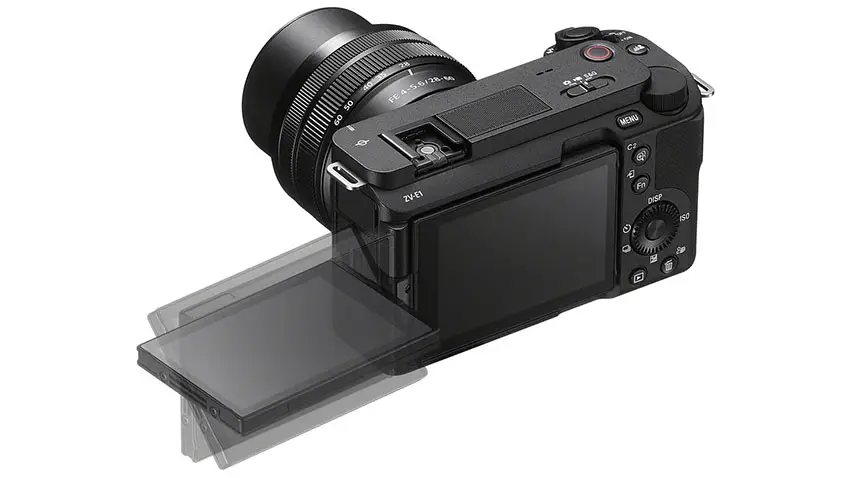
Image Credit: Sony
Panasonic has a decent first-party list, but they are saved by using the L-Mount which has wide support from a ton of lens manufacturers. And these are some high-quality lenses.
Canon is the difficult one here as they have severely limited third-party development, which leaves users with only the expensive and limited first-party lineup. An adapter is likely in your future with the R8.
Conclusion
Based on the different categories you would think that the ZV-E1 has the edge here. Hold on a sec. The Panasonic S5 II has plenty of other advantages that put it squarely in the lead:
- Dual card slots.
- Built-in fan for cooling
- Full-size HDMI output
- Anamorphic mode
- Open Gate recording
- Cinema features: shutter angle, waveforms, synchro scan
- 4-channel audio
- And more…
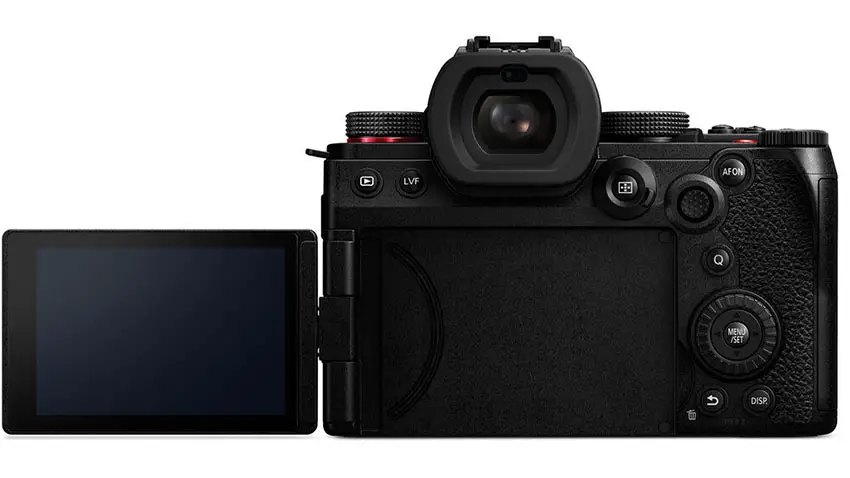
Image Credit: Panasonic
This is the best value of the bunch, especially if you want a hybrid camera. For the best cash savings then you might be tempted to go with the R8, especially if you already have a collection of Canon glass.
Sony is the oddball here as even though it produces some spectacular images it just isn’t as compelling at that price point. If you are already in the Sony ecosystem then it could make sense, but that’s about it.
Which of these cameras would you pick?
[source: Fulaan Creative]
Order Links:
- Canon EOS R8 Mirrorless Camera (B&H, Amazon)
- Sony ZV-E1 Mirrorless Camera (B&H, Amazon)
- Panasonic Lumix S5 II Mirrorless Camera (B&H, Amazon)
Disclaimer: As an Amazon Associate partner and participant in B&H and Adorama Affiliate programmes, we earn a small comission from each purchase made through the affiliate links listed above at no additional cost to you.


